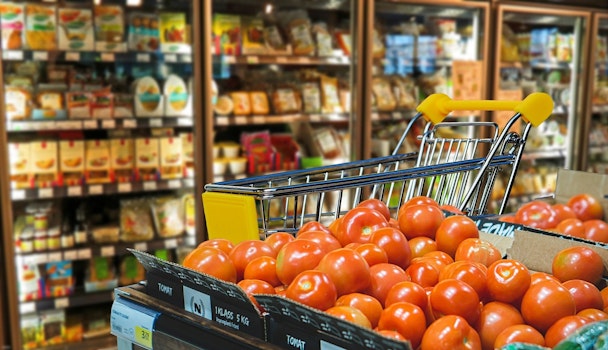Nielsen: The balance of power has shifted at supermarkets
New Nielsen analysis shows global consumers are increasingly abandoning high performing ‘golden stores’ in favor of previously unknown locations. The shift in behavior brings complexities for retailers as well as new opportunities for brands.

The new golden (store) age
Habits are called habits for a reason. They’re the things in life that we put on repeat. But what about when a pandemic breaks our habits to form new ones? Let’s look at the routine grocery store visit. Lockdowns, remote working, furloughs, and unemployment have radically changed the way we shop. This has created some serious implications for retailers and brands. Here’s what we’ve found out.
Nielsen’s Intelligence Unit and a small team of our data scientists took a look at the fast-moving consumer goods (FMCG) retail universe in 15 countries and what we discovered was an unprecedented rebalancing of power among some of the highest performing stores.
We used a benchmark of stores that contributed to 80% of total industry sales, stores often known as ‘golden stores.’ On the surface, the findings didn’t appear significant. There was a small overall decrease in the 0-2% range. But when we turned the view sideways and looked at a cross-section of store behavior at a very granular store level, things got interesting.
A whopping 60% of stores declined in the ranking. In other words, more than half the stores that used to be among the highest performing stores in their respective countries underperformed this year versus the same period last year. The inverse of this, of course, means that the remaining 40% greatly overperformed compared to the previous period.
The implications of this shift immediately become apparent: if consumers are shopping in new (to them) locations at unprecedented levels, putting your products in front of them just got a whole lot harder. Big brands typically align sales teams against the stores that can deliver the most bang for the buck - golden stores. Local advertising and trade promotion initiatives tend to follow. But many of these golden stores have lost some of their shine, and they’ve certainly changed location.
Stores in some of the densest shopping environments in the world have been abandoned in favor of stores in the suburbs or even further afield as people adjusted their movements during the year. New York is an easy case in point. The heat map below brings it to life:

A simple breakdown of zip code spending in the US further brings the story home:

Inside of this shopping movement, there are also important changes in the composition of stores sitting inside this golden store cohort. Stores that were not on the radar have quickly rocketed into golden store status and now makeup roughly 5-8% of the total golden store universe. This may sound small, but in the scheme of billions of dollars being spent, these newly arrived stores can have a huge impact.
The message is easy: consumers are no longer shopping where you thought they were — and as they move to new stores, they’re also taking their taste and choice decisions with them. Confronted with unfamiliar stores and shelves filled with less familiar product choices, there is a much bigger opportunity for them to abandon past favorites. Moving with them and driving brand messages through their changed shopping circumstances represents opportunity. Ignoring the scale of this change will quickly be felt in diminished market share for brands.
A rapid response by brands and retailers is called for and will be essential as consumers make clear adjustments to the new stores where they are forming those all-important habits.
Scott McKenzie is the global head of the Nielsen Intelligence Unit
